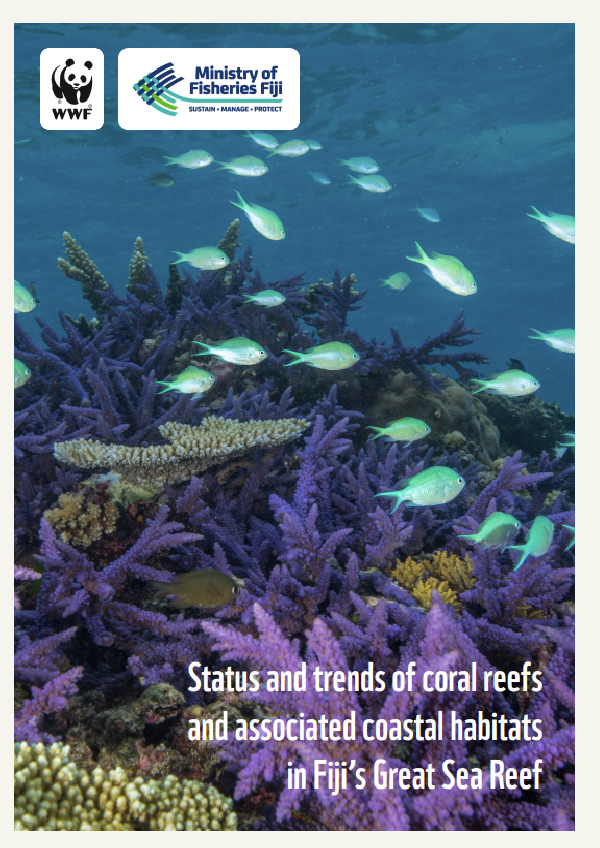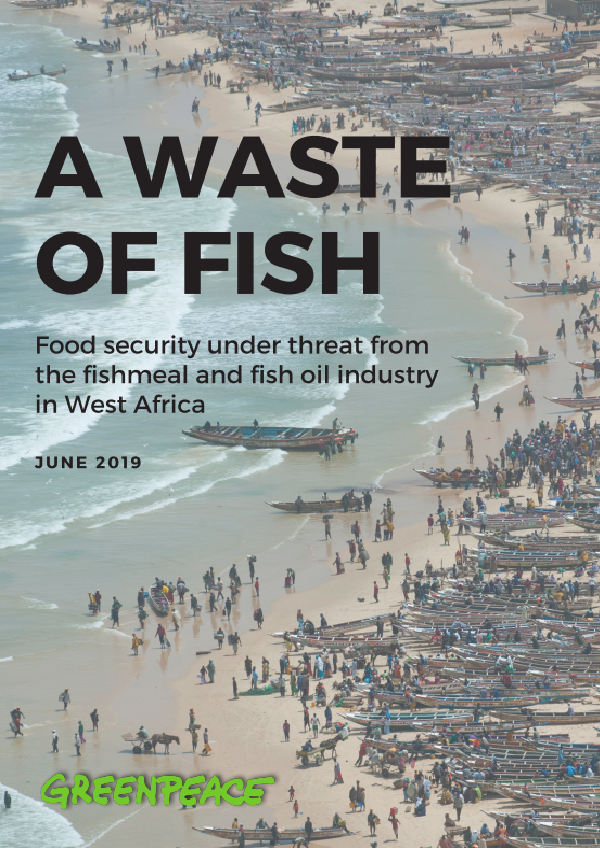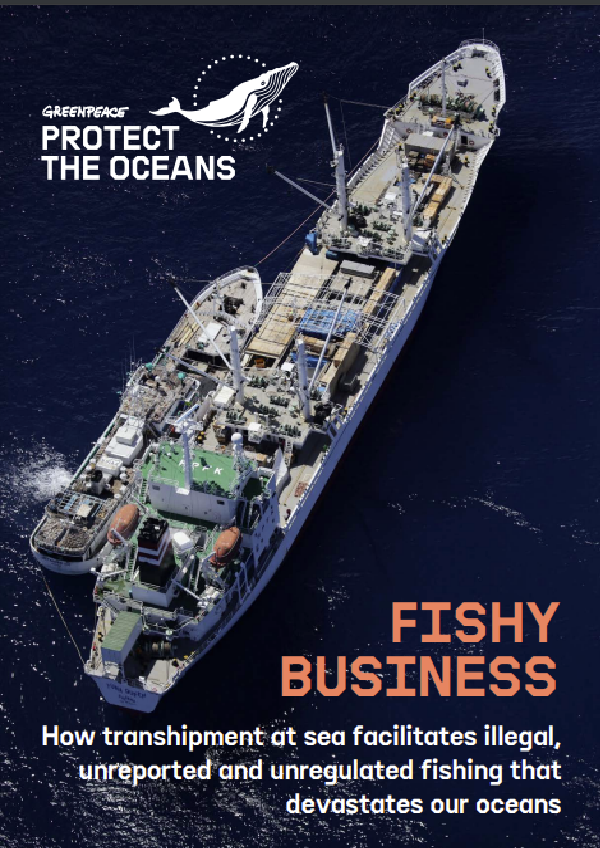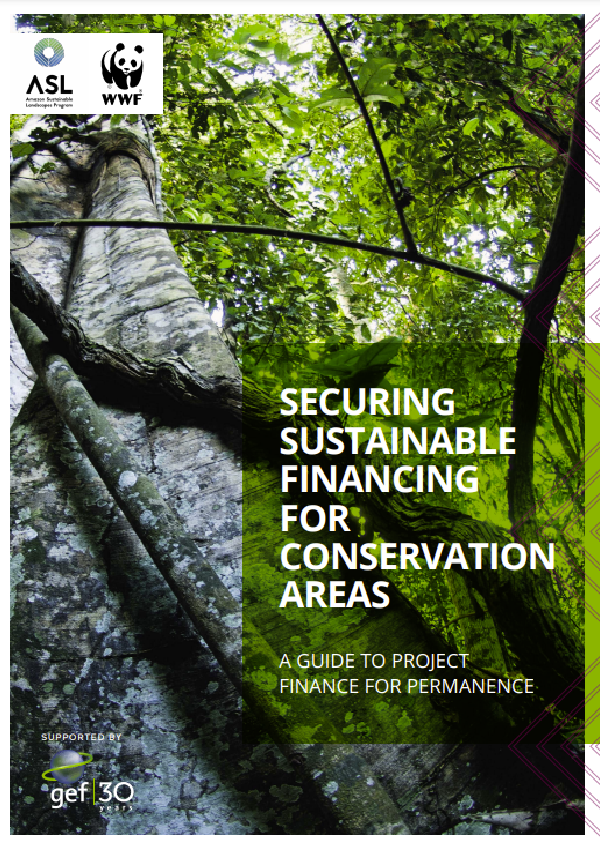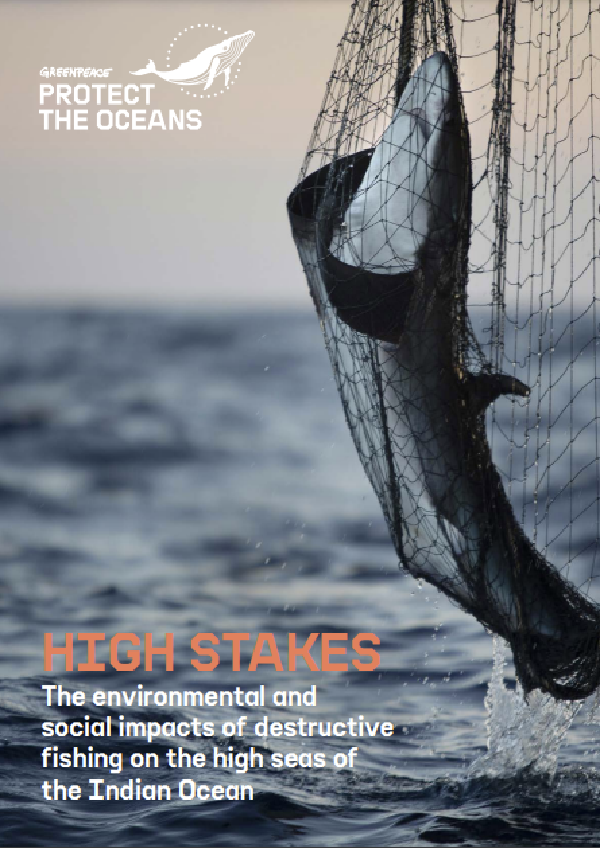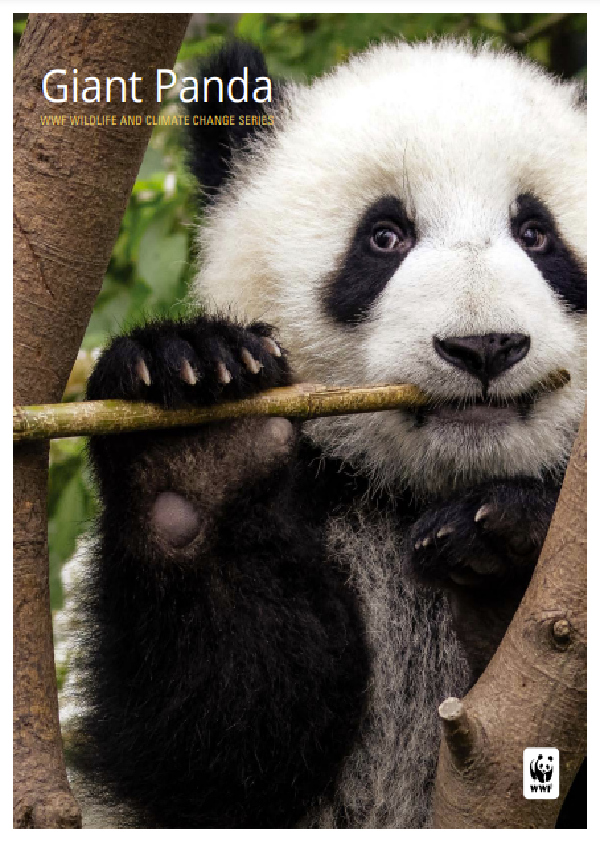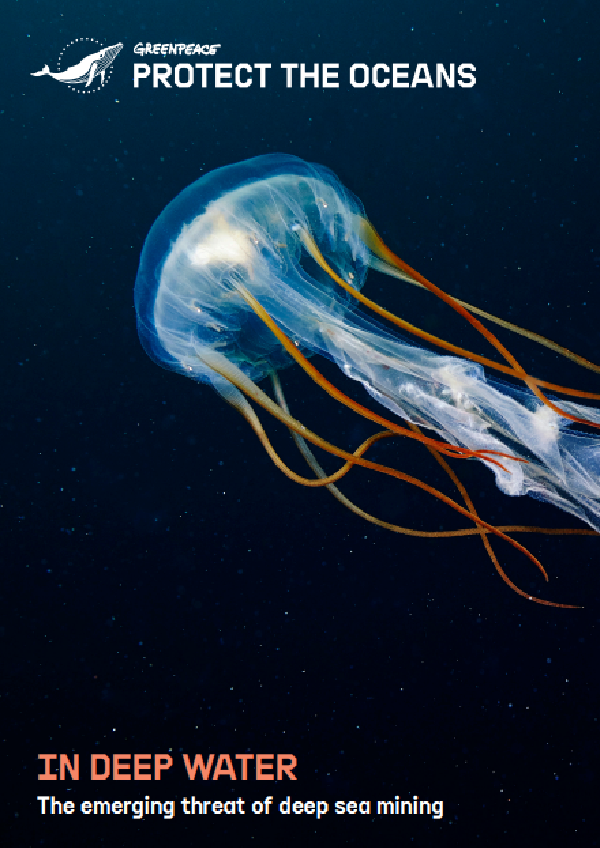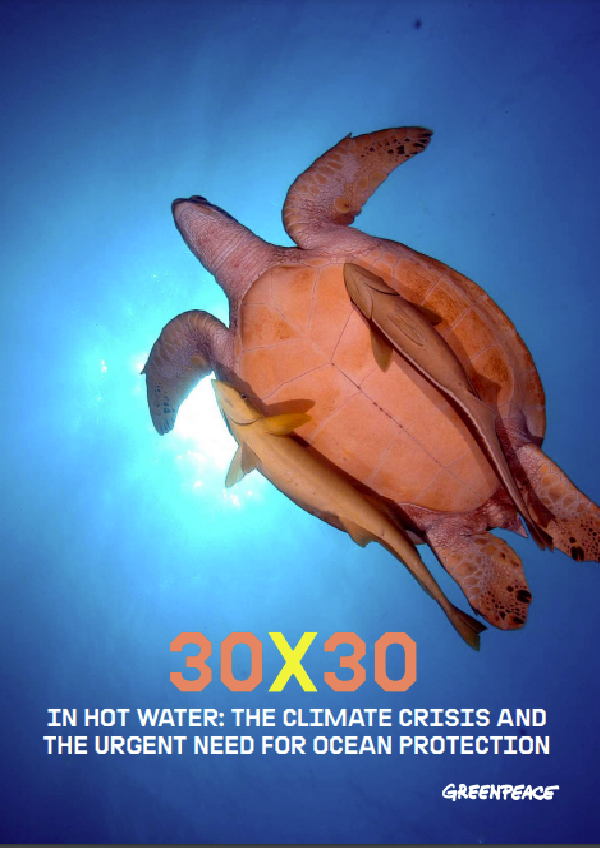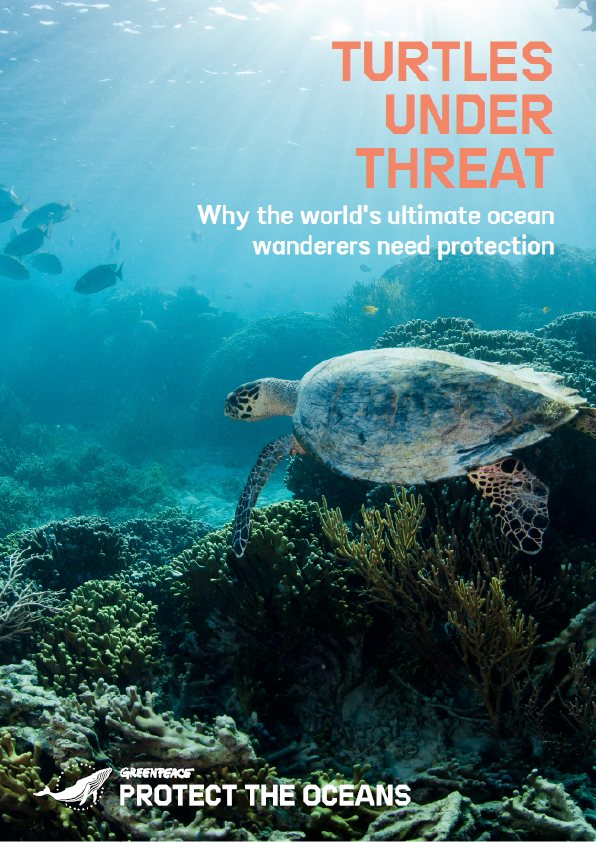The Great Sea Reef (GSR) region in Fiji stretches across an arc over 450 km long from the western coast of Viti Levu to the north eastern point of Vanua Levu. The GSR contains over 1,200 km2 of reef systems, including the third largest barrier reef system in the world. It is exceptionally biodiverse – with over three quarters of known coral species, over half of recorded fish species, and almost half of known endemic species from Fiji. The GSR also plays a crucial role for Fijian livelihoods, food security, and cultural identity. A third of the Fijian population lives within the region, and over three-quarters of all inshore fish supplied to urban markets are sourced from the reef. The GSR is also a major hub of international tourism – which generates over FJD 1.1 billion annually and accounts for more than 25% of Fiji’s GDP. Marine areas within the reef are divided into qoliqoli—customary fishing areas—which are under control of indigenous Fijian communities.
During September-October 2019 the most comprehensive ecological survey of the GSR conducted to date was completed. The survey spanned 74 sites, extending along the full length of the GSR, from the Mamanuca Islands in the south west to Udu point in the north east. Of the sites surveyed, 48 had historic survey data available, allowing trends in coral reef health to be calculated. Survey results are reported for the GSR by province and by individual qoliqoli.
Across the GSR hard coral cover was found to be high at 34%, with the highest found in the northern GSR. For example, Bua province had exceptionally high coral cover at 45%, followed by 36% in Macuata province. Reefs in the south of the GSR had lower coral cover; 26% in Ba province and 23% in Nadroga-Navosa province – though this is still high relative to many reefs in the global context. Analysis of survey results suggests it was very unlikely that hard coral cover changed since the early 2000s across much of the reef, with past surveys indicating historic GSR regional coral cover of 31%. Algae cover was low across the GSR, though it was extremely likely there was a small increase – from 4% in historic surveys to 5% in 2019. However, there was evidence of recent disturbance to some reefs, with it virtually certain that rubble increased on reefs across the GSR (from 5% to 17%). These results suggest that while coral reef benthic communities remain generally healthy, there have been some recent disturbance to reefs.
Fish abundance and biomass were generally low across the GSR, with overall abundance of fish on the target family/species list of 2,878 ± 189 ind/ha, while biomass was at 421 ± 60 kg/ha. Reef fish communities were dominated by herbivores, with high abundance and biomass of Acanthuridae (surgeonfish) and Scaridae (parrotfish). It was very likely that key fisheries family abundance (Haemulidae, Lutjanidae, Scaridae, and Serranidae) declined by 33% across the GSR since historic surveys in the early 2000s. It was virtually certain that key fisheries family biomass declined 80%, with historic surveys previously recording biomass of these fish families at 1,198 kg/ha. These results therefore show that there has been a severe decline in fis abundance and biomass for the majority of sites with historical data available across the GSR.
Rare species showed mixed trends. Serranidae (grouper) abundance and biomass were 28 ind/ha and 9 kg/ha in 2019, with it virtually certain that Serranidae abundance increased since the early 2000s at the coral reef sites with historical data. However, while an increase in grouper abundance was detected, grouper populations in 2019 remained very low across all sites, an some sites experienced declines in grouper abundance. This overall trend also hides variation between different grouper species, and also that very few large-bodied grouper were observed in the survey. Shark abundance and biomass across all species in Carcharhinidae in 2019 was 2.54 ind/ha and 66 kg/ha. The surveys indicated it was extremely likely that shark abundance increased. However, futher analysis is required to identify species-specific patterns, as most shark species remained at very low population levels. In addition to blacktip (Carcharhinus melanopterus), whitetip (Triaenodon obesus ), and gre y ree f sharks (Car charhinus amblyrhynchos), we also observed several bull sharks (Carcharhinus leucas) and silvertip sharks (Carcharhinus albimarginatus). Humphead wrasse (Cheilinus undulatus) were recorded at 1.55 ind/ha, suggesting it was unlikely their abundance changed since historic surveys. Only one bumphead parrotfish (Bolbometopon muricatum) was recorded during the 2019 survey, though bumphead parrotfish have been exceptionally rare since the early 2000s in the GSR. Work is required to rebuild populations of rare species groups.
Benthic habitat results are encouraging in the context of global trends in coral reef cover, where many reefs are declining globally. GSR benthic communities in 2019 compare favorably with other remote and protected reef systems in the Indo-Pacific region. Reef fish abundance and biomass were declining and low compared to global reference values for reef fish abundance and biomass required to maintain key ecological functions. Results suggest an urgent need to increase fisheries management and sustainability in the region to reverse these declines. Previous work has indicated that locally managed marine area networks set up within qoliqoli can increase fish abundance and biomass while being equitable for local communities. It is suggested these approaches be replicated across the GSR region.
